Succulent plant pots are containers specifically designed for growing and displaying succulent plants. Succulents are plants known for their thick, fleshy leaves, and stems that retain water, allowing them to thrive in arid conditions. Succulent plant pots come in various materials, sizes, and designs, and they cater to the specific needs of these plants. These cool succulent plant pots are typically characterized by features that promote proper drainage, as overwatering is one of the most common reasons for succulent plants to deteriorate. Succulent plant pots with drainage often have drainage holes at the bottom to prevent water from accumulating and causing root rot. Succulent plant pots can be made from various materials, including terracotta, ceramic, plastic, or even specialized porous materials that aid in maintaining the ideal moisture level for these plants. Many designs are available, ranging from simple and functional to more decorative and ornate, suited for indoor and outdoor settings. The pots are designed to complement the aesthetic appeal of succulents while providing the necessary conditions for their growth, making them an excellent choice for those interested in cultivating these plants.
What is the Purpose of a Succulent Plant Pot?
Succulent plant pots serve various purposes, both in natural ecosystems and human environments. Here are some of their primary purposes:
Water Storage: Succulents are adapted to store water in their leaves, stems, or roots. This ability allows them to survive in arid or semi-arid environments where water is scarce. They can store water for extended periods, allowing them to thrive in dry conditions.
Aesthetics and Decoration: Many people cultivate succulents for beauty and aesthetic appeal. Their unique shapes, colors, and textures make them popular choices for indoor and outdoor decoration, both in homes and gardens.
Aeration: Adequate aeration is essential for succulent roots. A pot with drainage holes ensures that air can reach the roots, preventing them from suffocating due to compacted or waterlogged soil.
How To Use Succulent Plant Pots?
Using succulent plant pots involves several steps to ensure the proper care and growth of the succulent plants. Here's a general guide on how to use succulent plant pots effectively:
Selecting the Right Pot: Choose a pot that has drainage holes at the bottom. This is crucial for preventing water from accumulating and causing root rot. Whether it's a large or small succulent plant pot, the size of the pot should be proportionate to the size of the succulent and allow for proper growth.
Choosing the Right Soil: Use well-draining soil specifically formulated for succulents and cacti. Get pre-made succulent soil or create a mix by combining regular potting soil with perlite, coarse sand, or pumice.
Planting the Succulent: Fill the large or mini succulent plant pots with the prepared soil, leaving enough space at the top for planting. Gently remove the succulent from its original container and carefully loosen the roots. Place the succulent in the pot and fill in the remaining space with soil, ensuring it's firmly packed around the roots.
Watering: Water the succulent sparingly. Wait until the soil is completely dry before watering again. When watering, thoroughly saturate the soil, allowing excess water to drain through the bottom holes.
Light and Placement: Succulents need plenty of sunlight, so place the pot where they can receive adequate sunlight. Indoors, they typically thrive near a sunny window. Outdoors, they might need partial shade in hot climates.
Maintenance: Regularly check the soil moisture and ensure the plant is not overwatered. Monitor the health of the succulent for signs of overwatering, underwatering, pests, or disease. Trim dead leaves or spent blooms when necessary.
Repotting: As succulents grow, they might outgrow their pots. Repot them into larger containers as needed, usually every couple of years or when they've outgrown their current space.



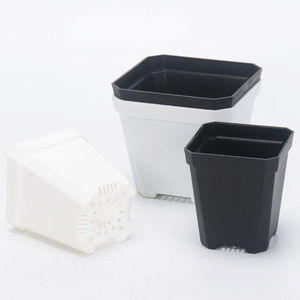
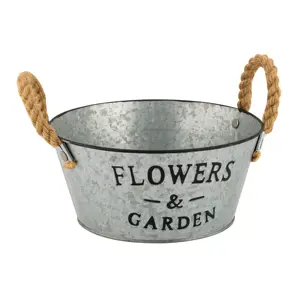

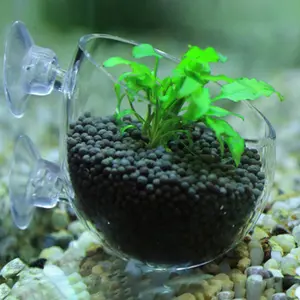

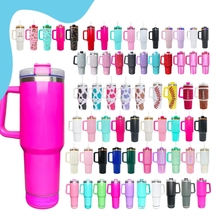


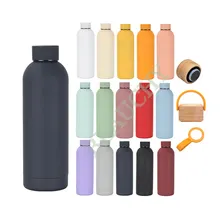

























 浙公网安备 33010002000092号
浙公网安备 33010002000092号 浙B2-20120091-4
浙B2-20120091-4